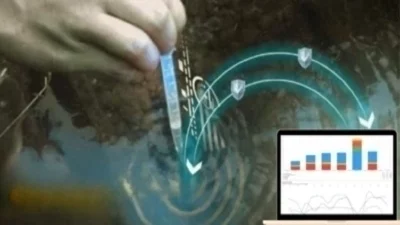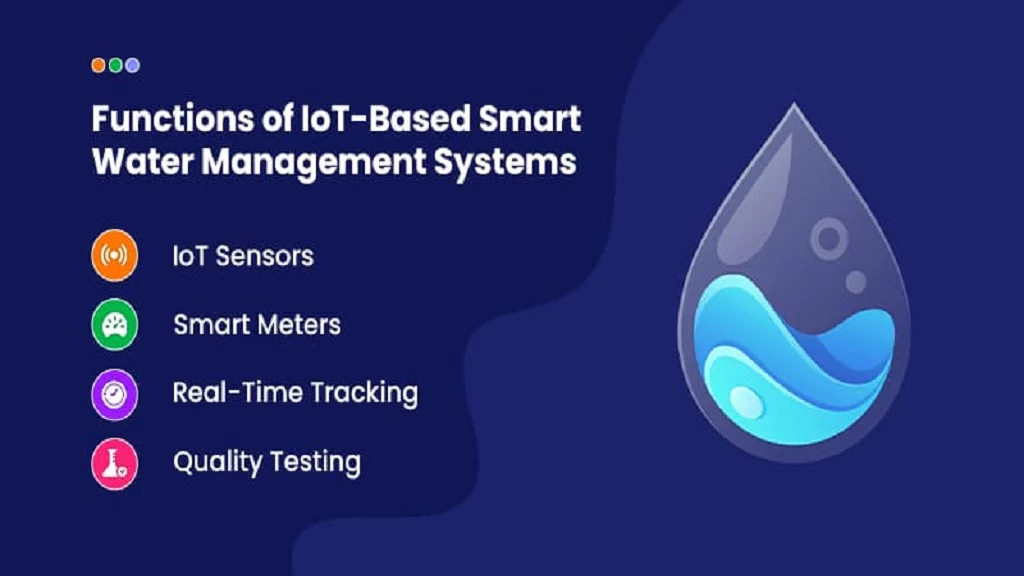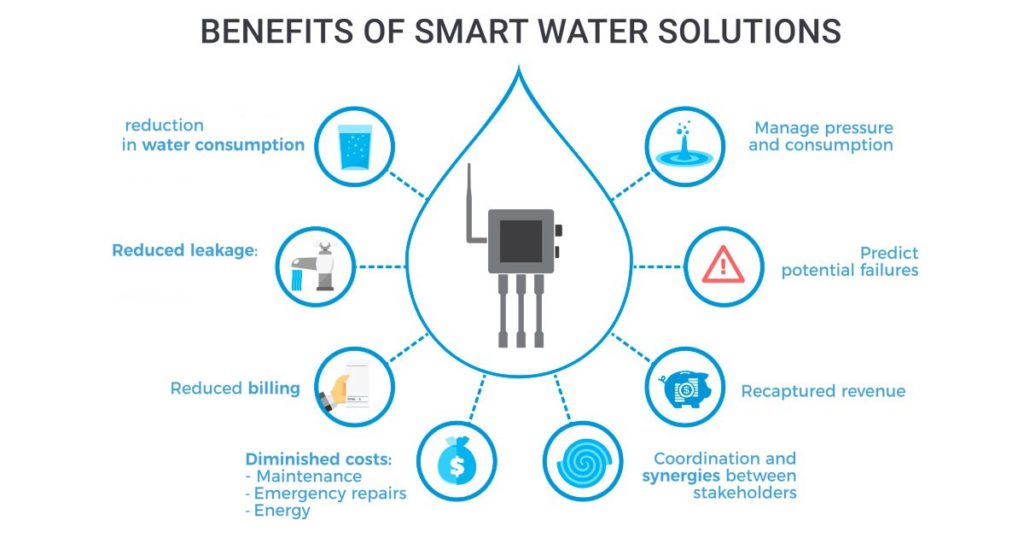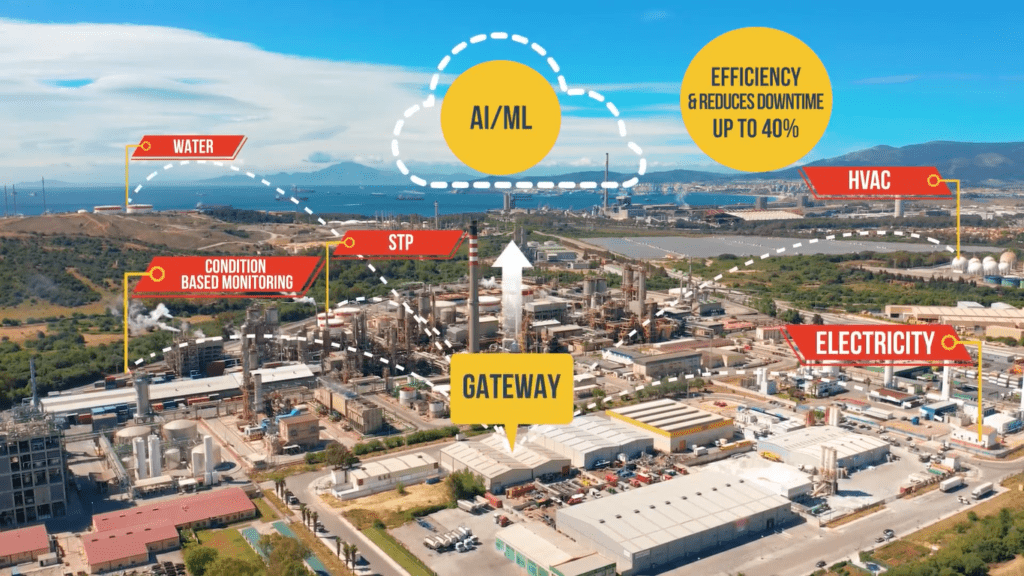Benefits of Water Quality Monitoring solutions
Without a doubt, water is a vital reserve for our planet. Not only for standard usage, but its application in companies also enables us to make and refine other resources and products necessary for our life and sustainable living.
With 71% of water covering the earth’s crust, only 2.5% or less is potable. However, we have been using this irreplaceable resource for years. It has led to severe consequences in the form of increased concentrations of pollutants in freshwater reservoirs and water scarcity in various parts of the globe.
Freshwater origins are depleting at an intractable rate, and presently, there is no option to enhance the situation other than monitoring and maintaining the best quality of water bodies. However, water quality measurements today are done manually, which poses several challenges.
Concerns related to the manual method of water quality monitoring
Manual methods for measuring water quality, in addition to consuming time and money, also pose the following problems:
-
- An error may be generated when water quality readings are taken procedure manually.
-
- If readings are incorrect, data quality decreases. Moreover, developing valuable insights from this information also takes substantial time.
-
- The effectiveness and economy of manual water quality measurement could be much higher, requiring a lot of time and effort.
-
- Staff must be adequately trained to prepare them for on-site readings.
-
- Manual testing of probes and sensors also takes up much productive time that could be used for efficient reading procedures.
How to Monitoring Water Quality with IoT:
The challenges cited above make the manual measuring of water quality entirely redundant. Intelligent water quality monitoring systems using IoT are needed to survey different parameters that define water quality automatically.
The Internet of Things has enabled the development of water quality monitoring systems that mitigate the above mentioned problems. Can real-time mass measurements of water resources be made with sensors and probes from remote locations?
These devices and platform suites share live information about the quality of a liquid. Using this platform, a person or company can take practical steps to ensure water quality. Some variables that are counted through remote water quality monitoring devices are:
Turbidity:
Turbidity is caused by particles suspended or dissolved in water that scatter light making the water appear cloudy or murky. High turbidity can significantly reduce the aesthetic quality of lakes and streams. It can harm fish and other aquatic life by reducing food supplies, degrading spawning beds, and affecting gill function. It can increase the cost of water treatment for drinking and food processing.
pH:
Water pH determines the solubility (the amount that can be dissolved in water) and biological availability of chemical elements ( carbon, phosphorus, nitrogen) and heavy metals. The range is 0 to 14, 7 being neutral. A pH below 7 indicates acidity, and a pH above 7 indicates alkalinity. copper, cadmium, etc.)
Temperature:
The temperature of the water plays a vital part in marine life and its habitat. For industrial applications, the water’s temperature is also paramount to observe for efficient operations and increased production rate.
Dissolved Oxygen:
BOD, or biological oxygen demand, is a rudimentary parameter for various microorganisms’ fragmentation of organic compounds in the water.
Conductivity and TDS:
Since water is a universal solvent, it dissolves almost all available salts. A high concentration of TDS (Total Dissolved Salts) in water raises its conductivity, affecting the reproduction and growth of aquatic organisms.
Salinity:
High salt stability in water also boosts salinity. Saline water cannot be used for drinkable objectives and isn’t suitable for domestic, industrial, or agricultural usage.
When estimated via water quality monitoring devices, these parameters permit an IoT approach to achieve real-time water quality monitoring that can utilize to develop valuable insights and take informed actions.
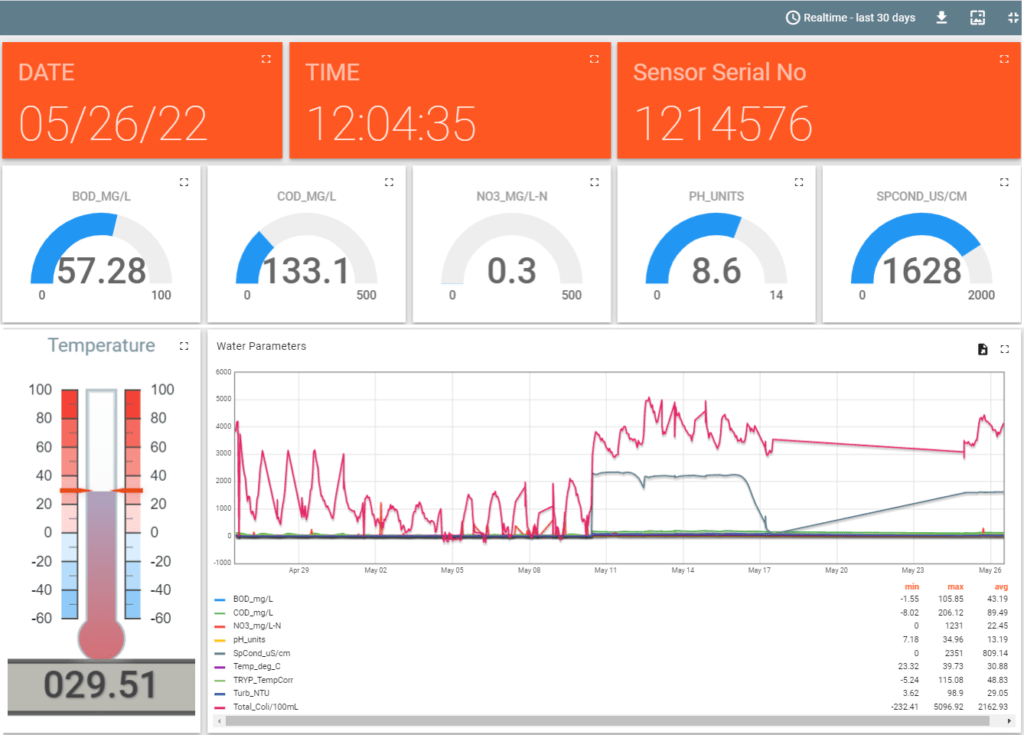
Applications of Automatic Water Quality Monitoring Systems
The Internet of Things technology has enabled the creation of intelligent water quality monitoring solutions evolving the modus operandi of different industries. Below is a list of some sectors that can help with the execution of these methods:
Water Utilities:
Water suppliers and utilities must ensure a supply of nutrient-rich water that customers can utilize for drinking and additional purposes. By implementing IoT-based water quality measurement solutions, utilities can monitor distributed water quality in overhead tanks and pipelines.
Agriculture:
Optimum water quality is a requirement for a high work of crop production. Based on the crop to be farmed, the sensors and probes can be used to pinpoint pollutants that can hinder its growth. It will allow agriculturalists to improve their irrigation techniques and secure a high product of healthy crops.
Aquaculture:
Aquaculture directs the breeding of aquatic organisms, like fishes, in an undisturbed atmosphere. Water quality is essential in promoting the growth of healthy fish and crustaceans in large numbers so they can be used as livestock.
Research Facilities and Laboratories:
Because of the wireless measurement of water quality parameters, laboratories and test sites can conduct experiments without worrying about mistakes generated due to the presence of adulterants. To conduct conclusive experiments, laboratories and research buildings need nearly 100% pure or distilled water. Water with low pH and suspended particles are hence necessary for determining accurate and reliable results.
Wastewater Treatment:
Wastewater forged is to be feted and addressed before it is terminated into a freshwater body. Smart water quality monitoring systems utilizing IoT optimize the review processes & reduce the need for manual interference. Monitor parameters like TDS, Temperature, and turbidity to ensure that the water has sufficiently ministered before it is secreted.
Manufacturing Units:
Production and manufacturing-based firms frequently discharge chemicals and other toxic fluids into rivers. Strict regulations are imposed on them to ensure that no harm is done to aquatic life. Factories can monitor real-time water quality to confirm compliance with the set regulations.
Key Takeaways:
Using IoT technology, measuring water quality can be done automatically from far-off locations via advanced telematics. The applications of water quality systems in various fields are limitless and will, therefore, change how these sectors operate.
Benefits of Water Quality Monitoring solutions Read More »

